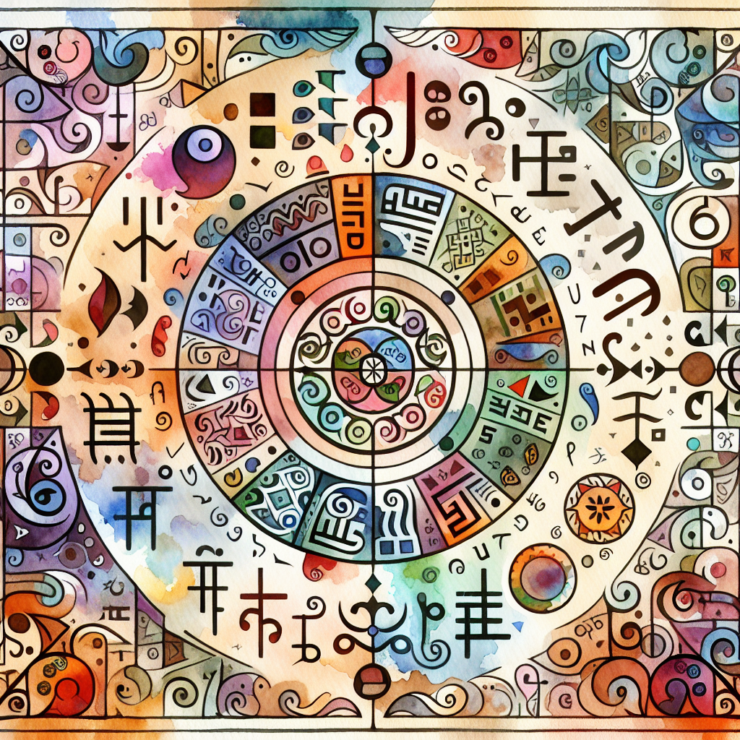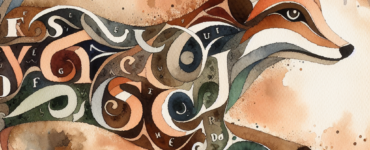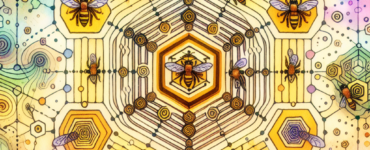Have you ever wondered why the word “racecar” looks the same whether you read it from left to right or right to left? This unique characteristic is shared by words, phrases, numbers, and even dates known as palindromes. But what exactly makes palindromes so fascinating, and how are they perceived and utilized across different languages?
Palindromes, by definition, are sequences of characters that read the same backward as forward((https://www.merriam-webster.com/dictionary/palindrome)). This peculiar symmetry makes them a subject of interest in linguistics, mathematics, and the arts. In linguistics, palindromes offer a unique perspective on how languages construct meaning and engage with form and symmetry.
Palindrome derives from the Greek words “palin,” meaning back, and “dromos,” meaning direction or running((https://www.etymonline.com/word/palindrome)). This origin hints at the international fascination with the concept. Indeed, palindromes are not exclusive to the English language; they can be found across various language families, showcasing the universal appeal of this linguistic symmetry.
For example, in Finnish, the word “saippuakivikauppias” means “a seller of lye” and is noted as one of the longest palindromic words((https://www.guinnessworldrecords.com/world-records/longest-palindromic-word)). Similarly, “reconocer” (to recognize) is a commonly cited example in Spanish. These examples reflect the linguistic creativity and playfulness of different cultures and languages.
However, the purpose and value of palindromes extend beyond their novelty. In some contexts, they hold cultural significance or spiritual value. For instance, in Sanskrit literature, palindromes were used for their aesthetic appeal and philosophical implications, symbolizing the cyclic nature of life and the universe.((https://spiritualdesk.com/what-is-the-spiritual-meaning-of-a-palindrome/))
The attraction towards palindromes also spills into the realm of dates and numbers, marking moments of symmetry in time. For example, February 2, 2020 (02022020) was celebrated as a palindromic day, gathering interest from various fields, including numerology and history((https://www.timeanddate.com/date/palindrome-day.html)).
This fascination with palindromes reflects a broader human interest in symmetry and balance. Understanding palindromes in linguistics reveals a lot about our cognitive processes and how we perceive patterns and structures in language. More than just linguistic quirks, they allow us to explore the complex interplay between form and meaning in language, across cultures, and through time.
Let the symmetry of palindromes inspire you to notice and appreciate the patterns around us, not only in language but in life itself. Their simplicity and complexity serve as a reminder of the beauty that can be found in balance and harmony.







































Add comment